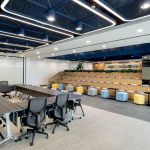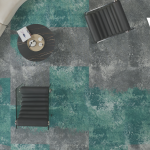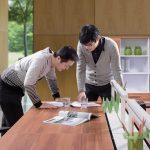Designer Insights: Shaping the Future of Workspace Innovation
Revolutionizing Workspaces for a Dynamic Future
In an era where technology and work culture are rapidly evolving, the design of a workspace plays a crucial role in shaping productivity, creativity, and overall well-being. To gain deeper insights into the future of innovative workspace design, we spoke with Deasi Dianasari, President Director of Dedato Indonesia.
As a multidisciplinary design consultancy with over 36 years of experience, Dedato Indonesia specializes in architecture, interior design, product design, and graphic design. Their extensive expertise allows them to approach workspace design holistically, ensuring a balance between functionality, flexibility, and aesthetics.
Designing Innovative Workspaces: The Challenges
Creating an innovative workspace isn’t just about aesthetics—it’s about balancing practicality, adaptability, and budget constraints. According to Dedato Indonesia, one of the biggest challenges is designing a layout that is flexible and innovative while also aligning with the client’s needs and financial limitations.
“One of the biggest challenges is designing an interior layout that is not only innovative and flexible but also meets the specific needs of the client. Budget is another critical factor. While we can create outstanding designs, they must align with financial constraints. The old saying used to be ‘design follows function,’ but now, design follows budget.”
– Deasi Dianasari.
Another challenge is ensuring comfort, privacy, and adaptability. Workspaces today must support various work styles, from individual tasks to collaborative discussions, requiring multi-functional layouts. With rising real estate costs, companies are looking for space-efficient solutions, pushing designers like Dedato Indonesia to develop flexible and future-proof office layouts that can evolve with business growth over the next 5-10 years.
The Future of Workspaces: A Shift Beyond Traditional Offices
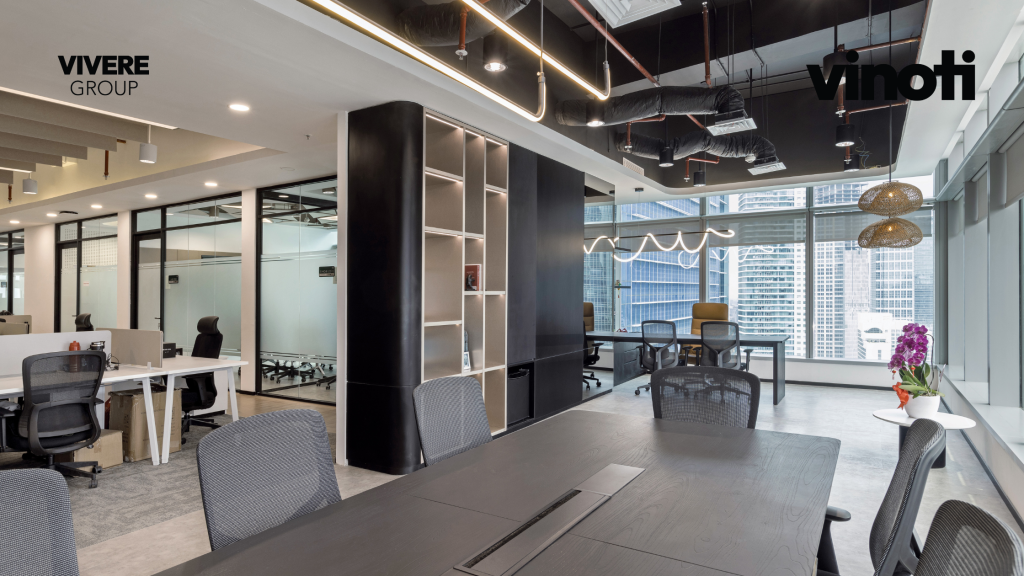
Looking ahead, workspace design will be shaped by technology and flexibility. The rise of AI, cloud computing, and remote work is shifting the perception of office spaces. Dedato Indonesia envisions a future where:
“Work won’t always take place in a traditional office setting. Instead, workspaces will become hubs for collaboration, innovation, and well-being. Offices will integrate lifestyle elements such as gyms, cafés, and meditation areas, making them a second home for employees.”
– Deasi Dianasari.
The emphasis will be on human-centric design, focusing on enhancing creativity, work-life balance, and employee well-being.
Furniture for the Future: What’s Needed?
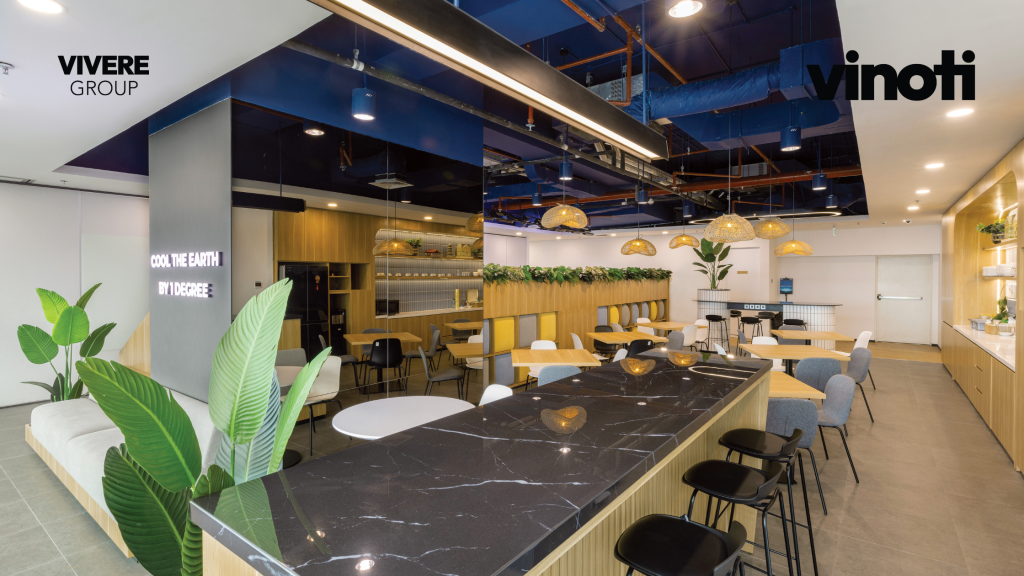
Innovative workspaces require furniture that adapts to modern workstyles. According to Dedato Indonesia, the traditional static workstation is giving way to versatile, multi-functional setups that can transition between individual work, team meetings, and open collaboration. Key furniture trends include:
- Portable & Lightweight Furniture – Easily movable to accommodate different activities.
- Adjustable Desks – Encouraging a healthier mix of sitting and standing work styles.
- Ergonomic Seating – Stylish yet comfortable chairs that support long hours of work.
- Modular Systems – Customizable furniture that adapts to different team sizes.
- Unique Accent Pieces – Elements like swings or ball chairs that add personality to the space.
Dedato Indonesia emphasizes that furniture should not only be functional but also contribute to the overall atmosphere of a workspace—whether through ergonomic comfort, stylish aesthetics, or playful, creative elements.
The Role of Designers in Future Workspaces
As workspace designers, the goal is to create environments that enhance both functionality and experience. According to Dedato Indonesia, there are several key areas where designers can make an impact:
- Designing Workspaces with Experience in Mind – Offices should be places of comfort and pride, not just workstations.
- Integrating Smart Technology – Creating intelligent office spaces that cater to employees’ evolving needs.
- Enhancing Health & Sustainability – Incorporating natural lighting, better air quality, and wellness facilities to improve overall workplace well-being.
- Championing Sustainable Materials – Prioritizing eco-friendly and certified green materials for long-term environmental benefits.
The future of workspace design isn’t just about functionality—it’s about creating environments where people thrive.
As the world of work continues to evolve, so must the spaces where we work. Innovative workspace design is about balancing practicality with inspiration, ensuring that offices remain dynamic, engaging, and future-ready.
Vinoti | VIVERE Commercial



